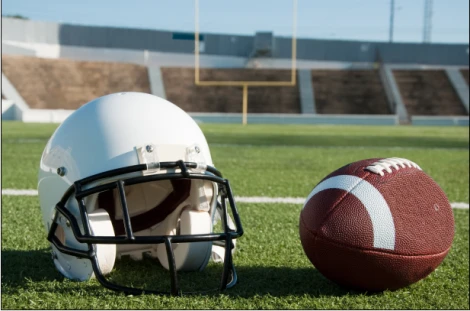
There are a variety of injuries that can occur to a person in automobile crashes. One such injury is that of a traumatic brain injury, which can significantly impact a victim’s life forever. These types of injuries are also common in contact sports, especially football. Many former and current NFL players that have complained of brain injuries as a result of playing the game inspire us to take a closer look at the unfortunate side effects of brain injuries.
Up until a few years ago, National Football League representatives denied there being any sure correlation between players with brain injuries and hits they took while playing in the NFL. Many previous players even accused the NFL of hiding the known dangers and encouraging players to “tough it out”. Quarterback Brett Favre recently discussed his shocking memory loss in an interview, which could be attributed to brain injuries such as chronic traumatic encephalopathy.
A study performed in 2012 stated that the death rate is three times greater for former NFL players than non-football players from Parkinson’s, Alzheimer’s, and Lou Gehrig’s disease combined. In addition, former players show a higher number of depression and cognitive issues. Chronic traumatic encephalopathy, or CTE, is a progressive degenerative brain disease that is common for former NFL players. It is believed to be caused by experiencing numerous instances of brain trauma, such as concussions.
Brain injuries such as CTE can cause symptoms such as:
- changes in mood, such as depression
- cognitive problems, such as memory loss or dementia
- behavioral problems
- difficulties with motor skills
The scariest part? Multiple autopsies have been performed on football players that exposed evidence of CTE after experiencing repeated head trauma from the game. Junior Seau was one of those players whose brain was autopsied after he committed suicide in April of last year.
A new study, released on October 17, suggested that these former players of contact sports may develop neurological problems that cannot be seen with regular tests. 13 former NFL players were involved in the study and were compared to healthy volunteers. Not only did the group of NFL players perform worse on the test, but their brain scans showed uncommon patterns of brain activity in their frontal lobes.
Although the NFL has paid a $765 million settlement to former players that brought forth concussion lawsuits, traumatic brain injuries are still a danger to football players of all ages. Fortunately, the NFL altered rules to enforce stricter guidelines on helmet-first hits to both their head and neck areas. When the hit is in doubt, referees are now instructed to “err toward caution” so that players are less likely to make these dangerous plays in the future.
At Jones & Swanson, we are big NFL fans. Both Andrew and Chase are involved in fantasy football leagues and we enjoy watching the Sunday and Monday night football. For this reason, we are glad that the NFL has become more proactive in their efforts to keep players safe.
Categories: Auto Accidents




